Did you know that over 7% of the gold on earth can be found in electronics currently in landfills?
At Colt, being environmentally sustainable is a part of our DNA. As part of this, we’re exploring technologically innovative ways to make positive, sustainable changes, including what we do with our redundant network equipment. We’re pleased to be supporting a pioneering new method called bioleaching, which helps recover precious earth metals from our network equipment, reducing e-waste and increasing circularity in our supply chain.
What is e-waste?
Electronic waste (e-waste) is the most rapidly growing waste stream in the world. In 2019, 53.6 million tonnes of e-waste was produced globally and 83% was improperly disposed of, likely ending up in landfills around the world or burnt. Even when e-waste is recycled and reusable metals extracted, many methods, such as smelting, release hazardous emissions into the atmosphere.
What is bioleaching?
Bioleaching is the process of applying microbiological techniques and living organisms to remove precious metals (such as gold and copper) from e-waste. Bioleaching is a non-toxic, environmentally considerate extraction method, unlike smelting or incineration. Precious metals extracted can be re-used and given a second life, rather than remaining in landfill sites around the world.
We’ve been partnering with IT life-cycle services specialist N2S on a pioneering bioleaching trial for the past six months.
When do we use bioleaching?
We’re working towards Zero Waste to Landfill. This means we’re making a concerted effort to ensure waste is prevented where possible, reused or recycled, including waste from our network equipment, IT equipment, office equipment and our supply chain.
As we continually improve, update, and expand our network across the globe, we identify pieces of equipment that are no longer necessary to our work. When we replace a piece of old equipment within our business, a triage process begins to identify how we can keep the equipment out of the landfill, as we aim to have a system that produces increasingly less waste. We consider reusing, recycling or selling our technology. This all helps keep our equipment from becoming e-waste.
If we can’t reuse or sell the equipment then it may need scrapping, which is where bioleaching comes in.
What are the stages of bioleaching?
First, the equipment parts undergo an enhanced recycling process to identify any components made from precious and rare earth metals suitable for recovery.
An in-depth analysis takes place on sample printed circuit boards (PCBs). The PCBs are finely shredded, non-metallic elements are then removed, and the remaining powder is analysed for content.
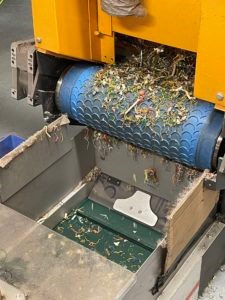
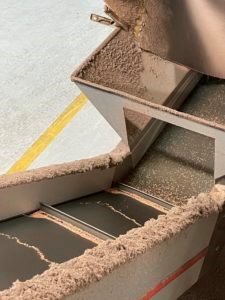
Next, naturally occurring bacteria is added to break down the material. The solution is agitated to separate the metals, after which an electrolyte process is used to recover gold.
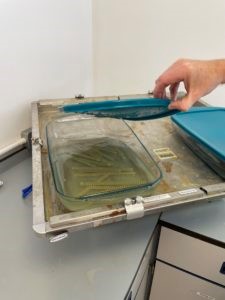
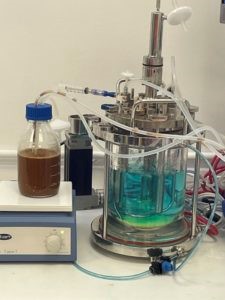
After the precious metals have been removed, the finely milled material remains as a by-product. This resultant material can be used as fertiliser, reformulated as plastic cones and similar simple plastic products, demonstrating the extent to which bioleaching is an example of a real circular economy.
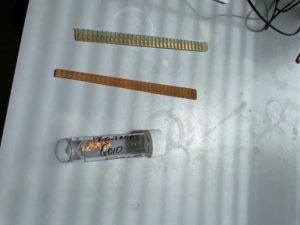
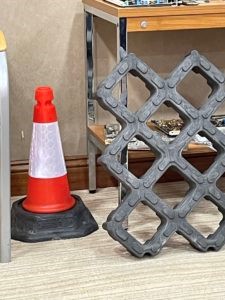
Why is this important?
There are three key business benefits to bioleaching:
- Reducing over-mining of raw materials and emissions from production:
Manufacturing technology and the use of rare materials that go into their production represent a huge source of embodied energy. Minimising e-waste helps to conserve resources and reduces the amount of energy we take from the earth. Did you know that to produce 1 tonne of copper from ore, you need to mine over 120 tonnes? Through bioleaching, you only need 2.5 tonnes of printed circuit boards; really showing circularity in action.
- Keeping valuable materials in the supply chain:
When electronics go to the landfill there is the potential for toxic substances like lead and mercury to leak into the soil and water. If we can recycle the materials through processes such as bioleaching, we can help the planet and get more use from our technology.
- Financial sense:
The precious metals extracted at the end of bioleaching can be resold.
We all, especially in the tech sector, play a vital role in becoming more sustainable and protecting the world’s resources. This is one way Colt is doing its part.
Kelsey Hopkinson, Environmental Sustainability Manager, Colt Technology Services
What's your goal today?
1. Are you on the Colt IQ network?
Our network connects over 31,000 buildings worldwide powering companies such as Hitachi, Atos, Forbes, Arthur D Little, Brussels Airlines and thousands of others. Find out if you're Colt connected now.
2. Learn about digital infrastructure
We've written thousands of guides and white papers, regularly publish content on our blog and host regular events on everything from enterprise network connectivity, to cloud, digital transformation and the hybrid workforce.
3. Join our team
To learn more about joining our team of over 5000 people around the world, and to browse our current open roles visit https://careers.colt.net/.

